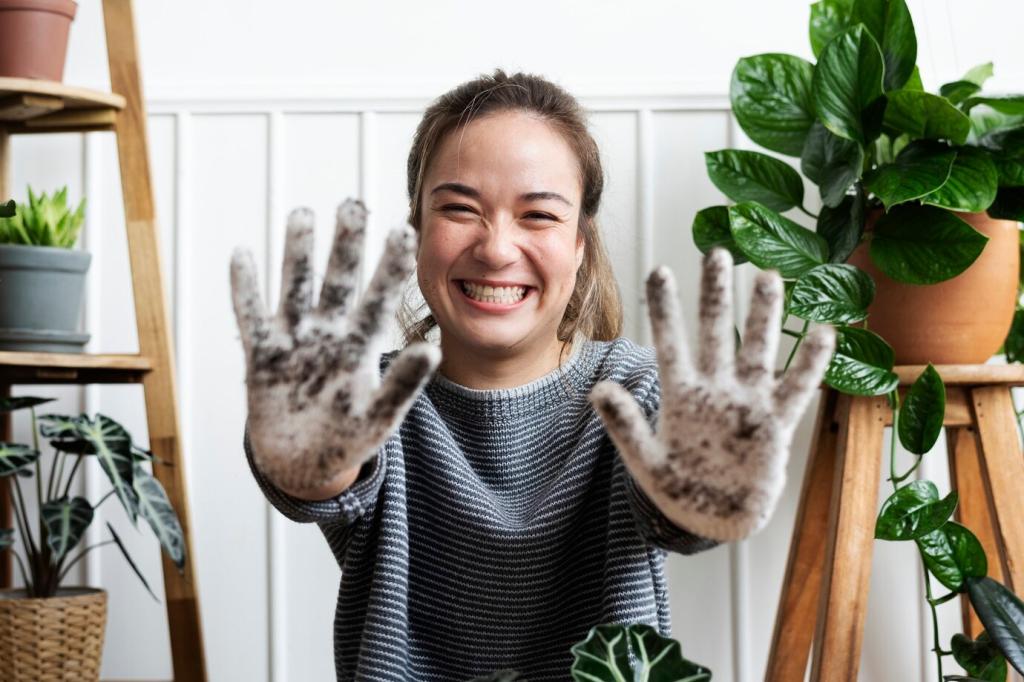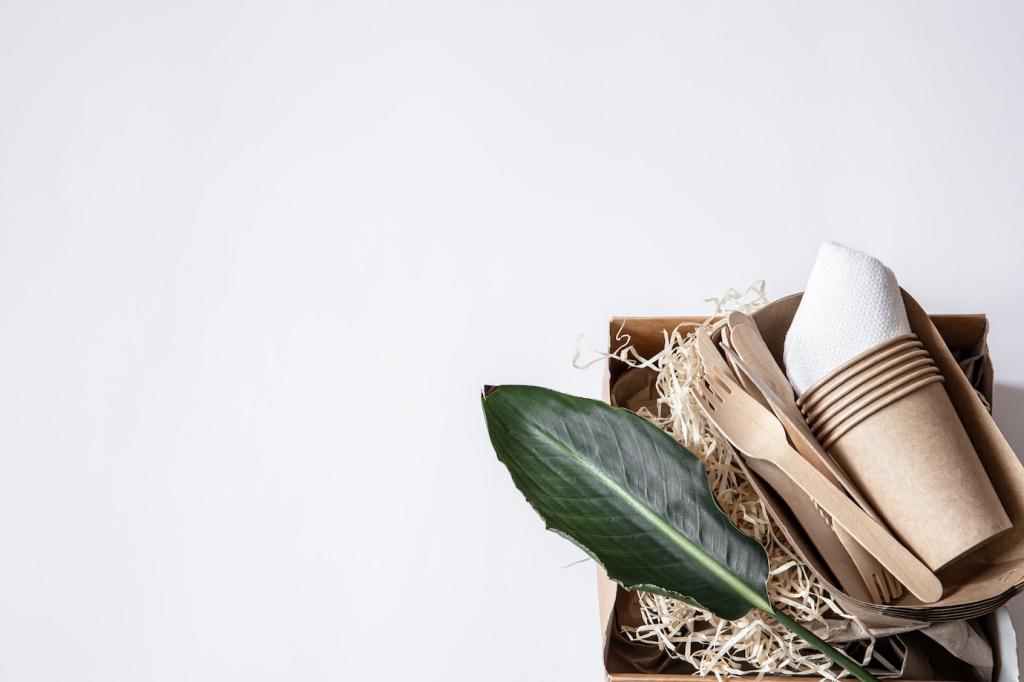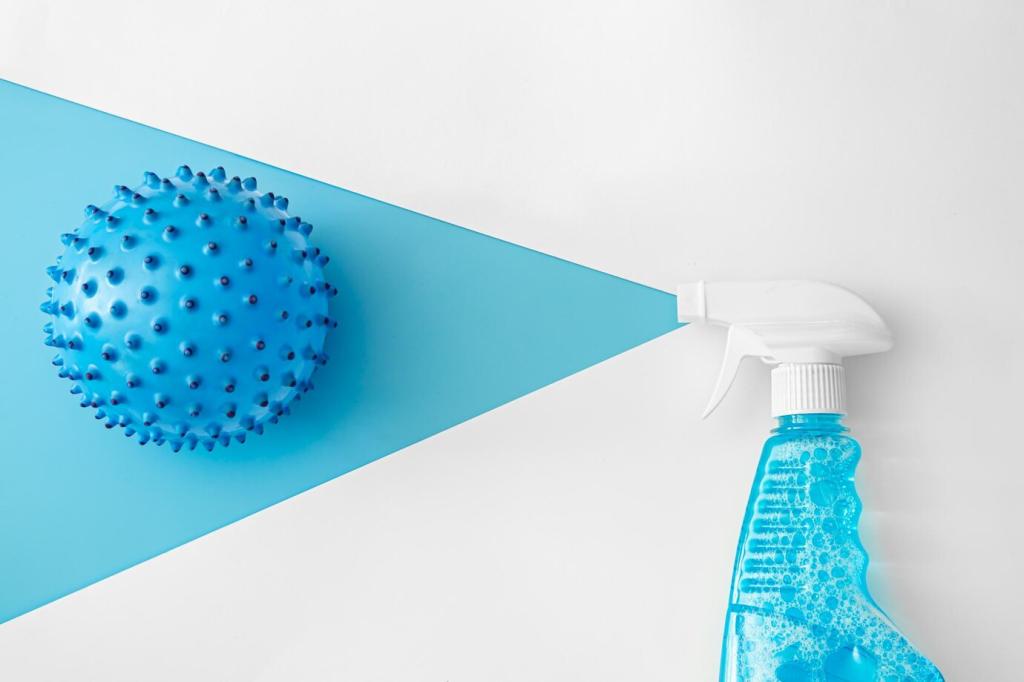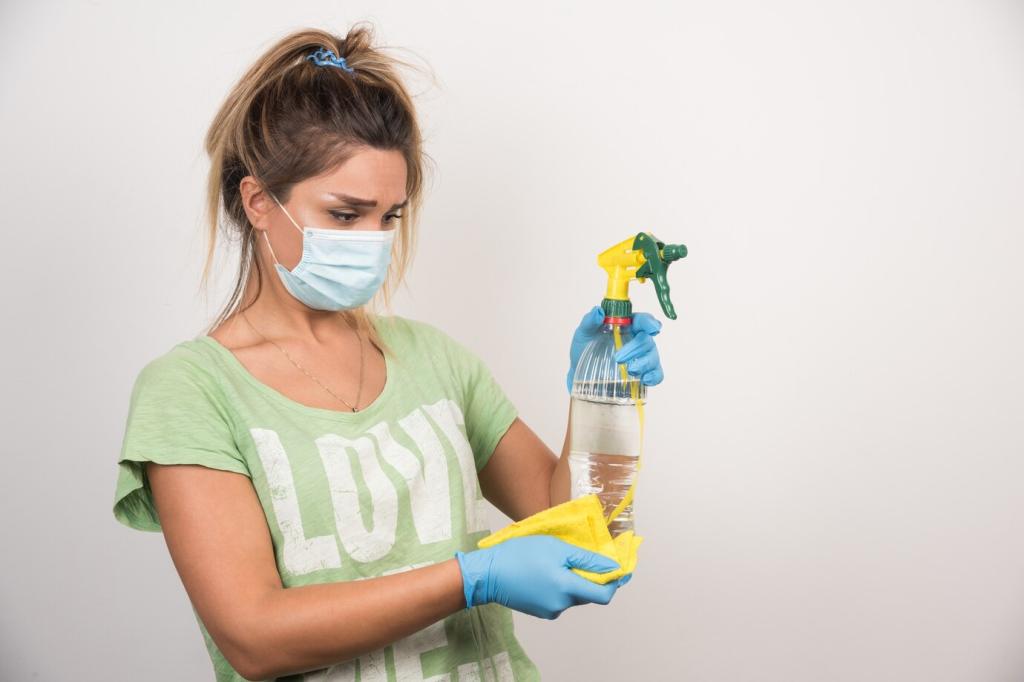Deep Conditioning Polish with Pure Tung Oil
Mix pure tung oil 1:1 with citrus solvent for the first coat. Wipe thinly with a lint-free cloth, allow penetration for 15 minutes, then wipe off excess. Repeat daily for three days. This is a patient polish—steady care builds character. Share your timeline so others can plan their weekend projects.
Deep Conditioning Polish with Pure Tung Oil
Let each coat cure in a dust-free area; light use after several days, fuller cure over weeks. Dispose of oil-soaked rags safely—lay flat to dry outdoors or store in a sealed metal container to prevent combustion. Comment with your curing climate and we’ll suggest adjustments for humidity or temperature.





